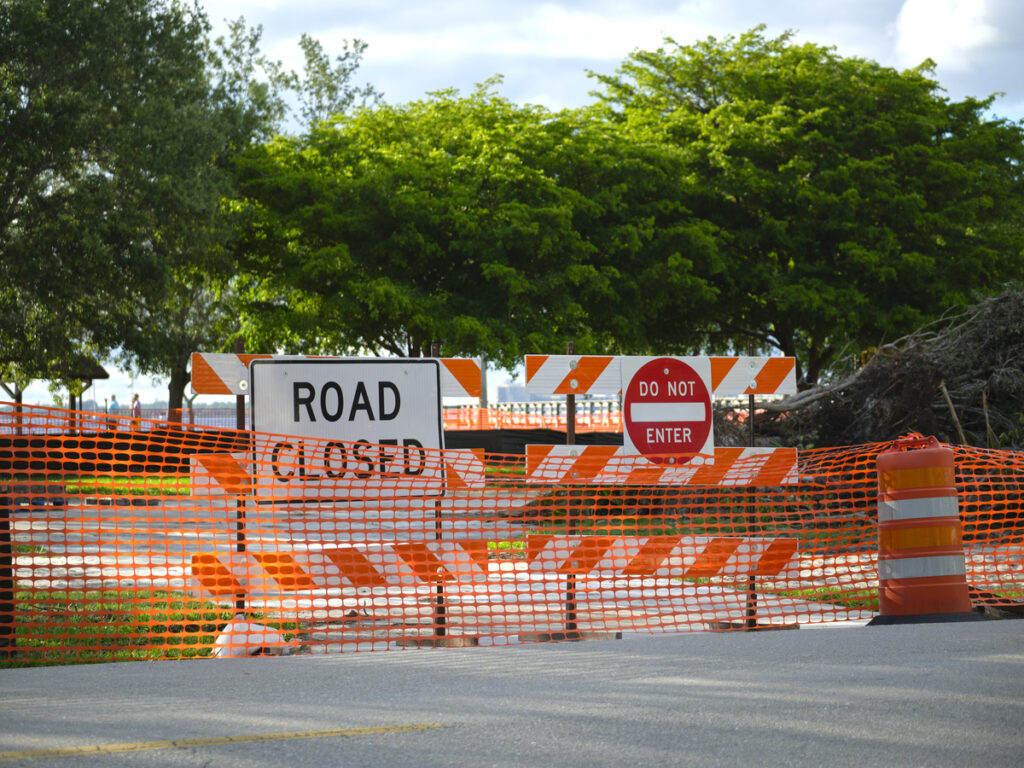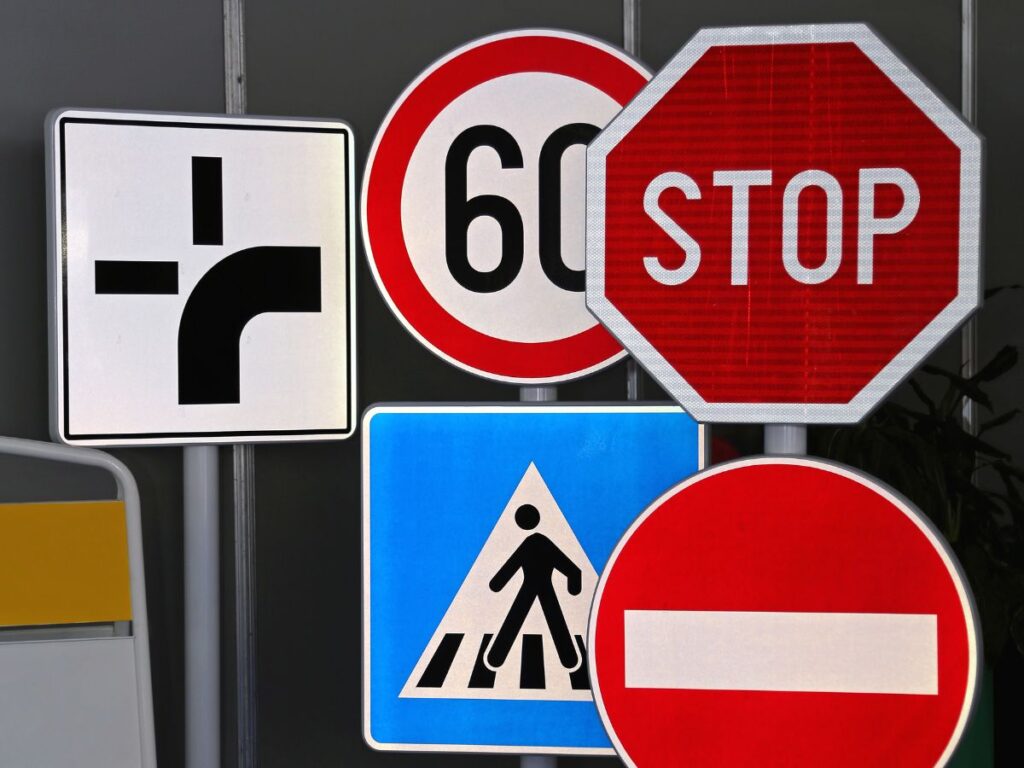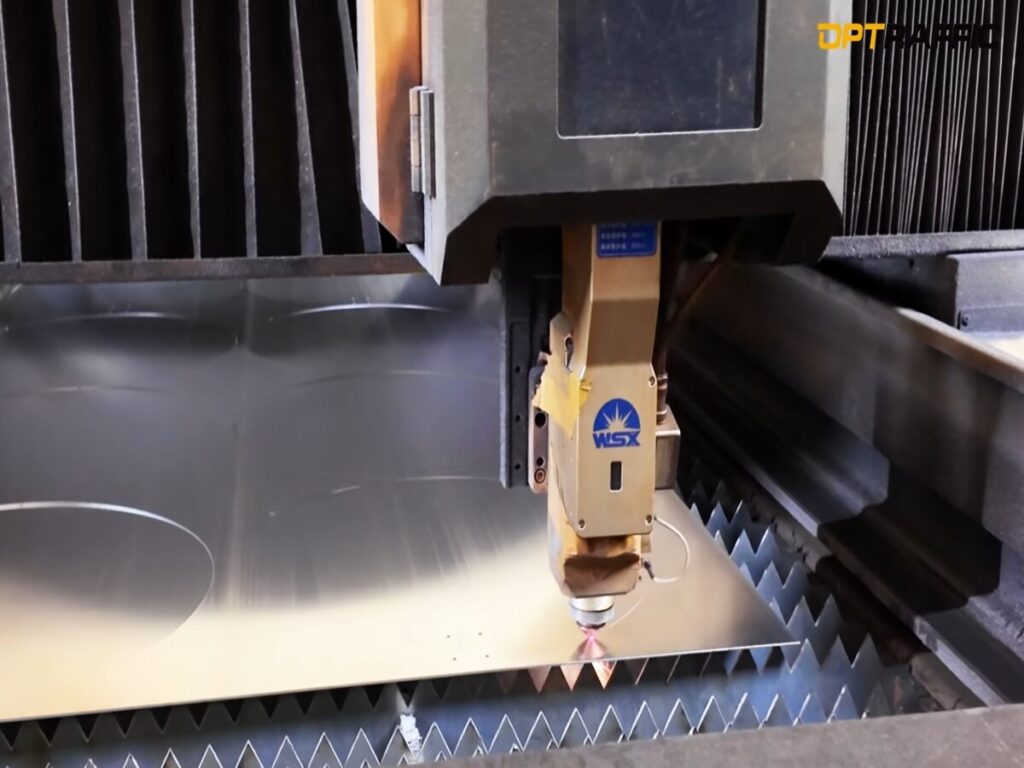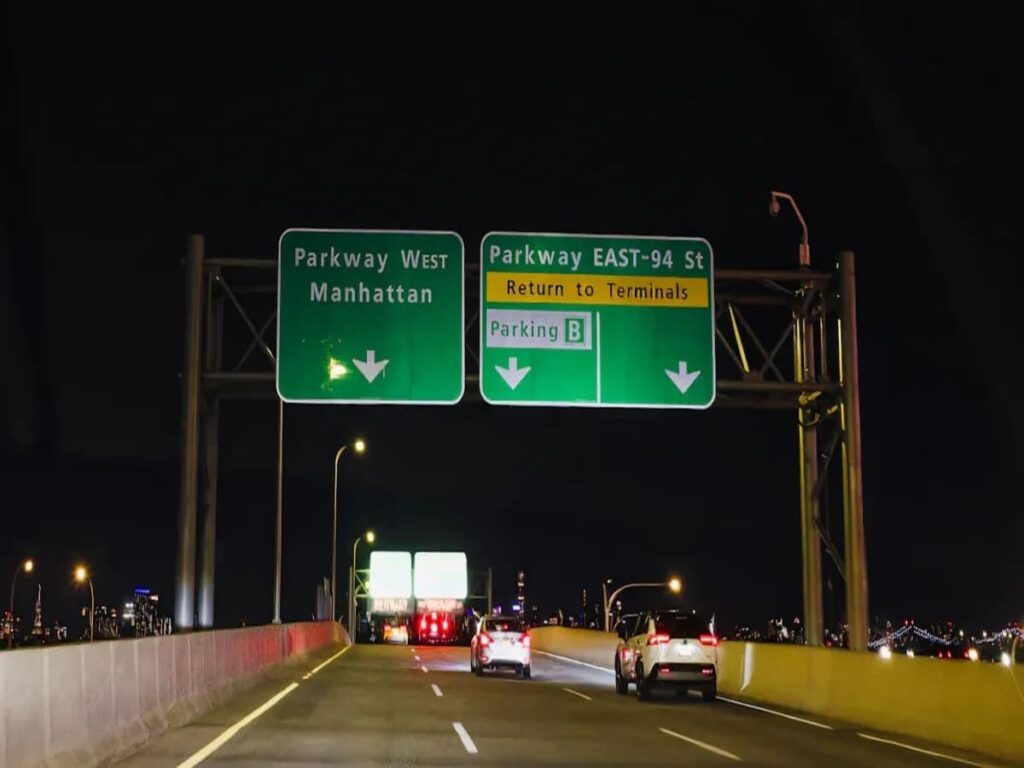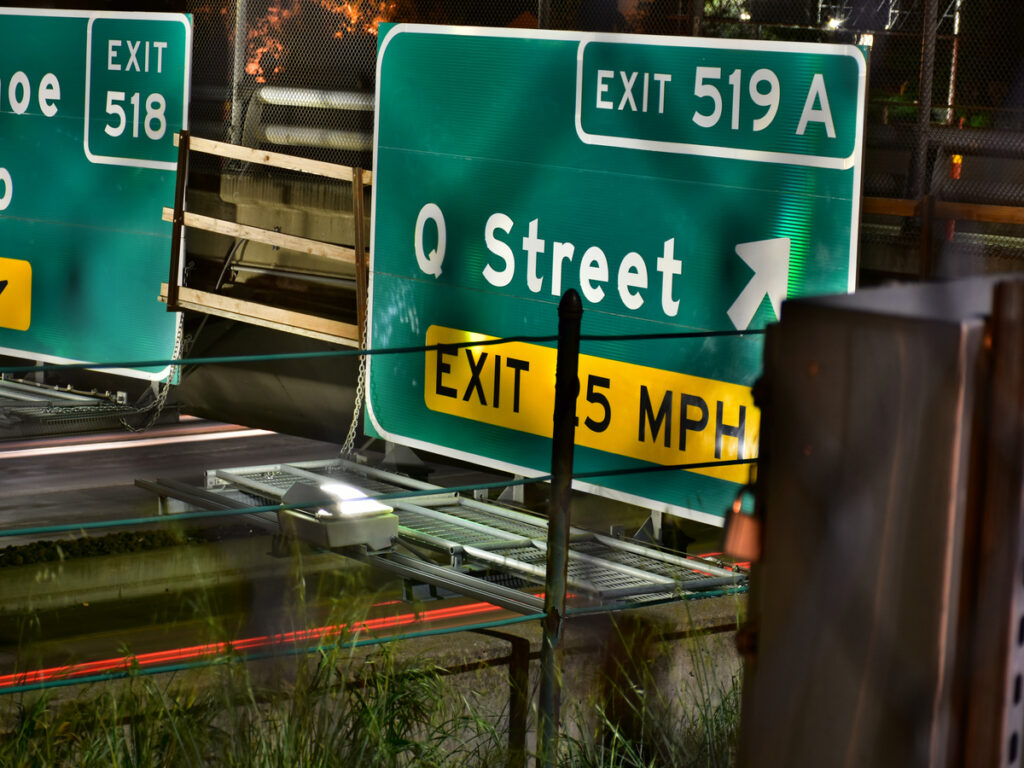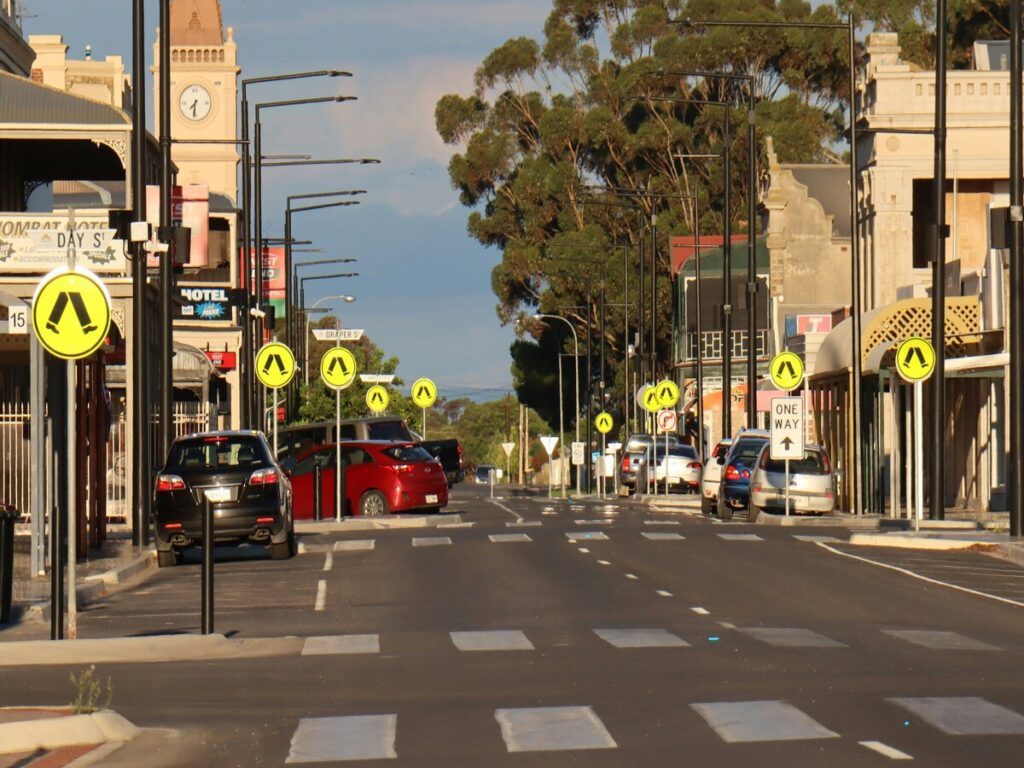
You might spot a zebra-striped crossing in the city or a raised platform on a country road. These are not the same. The pedestrian crossing sign (R3-1) tells you where people have the right to cross safely. Wombat crossings look similar but they sit higher and often appear in spots where wildlife, like wombats, cross. Recognising the right sign helps you protect both people and animals.
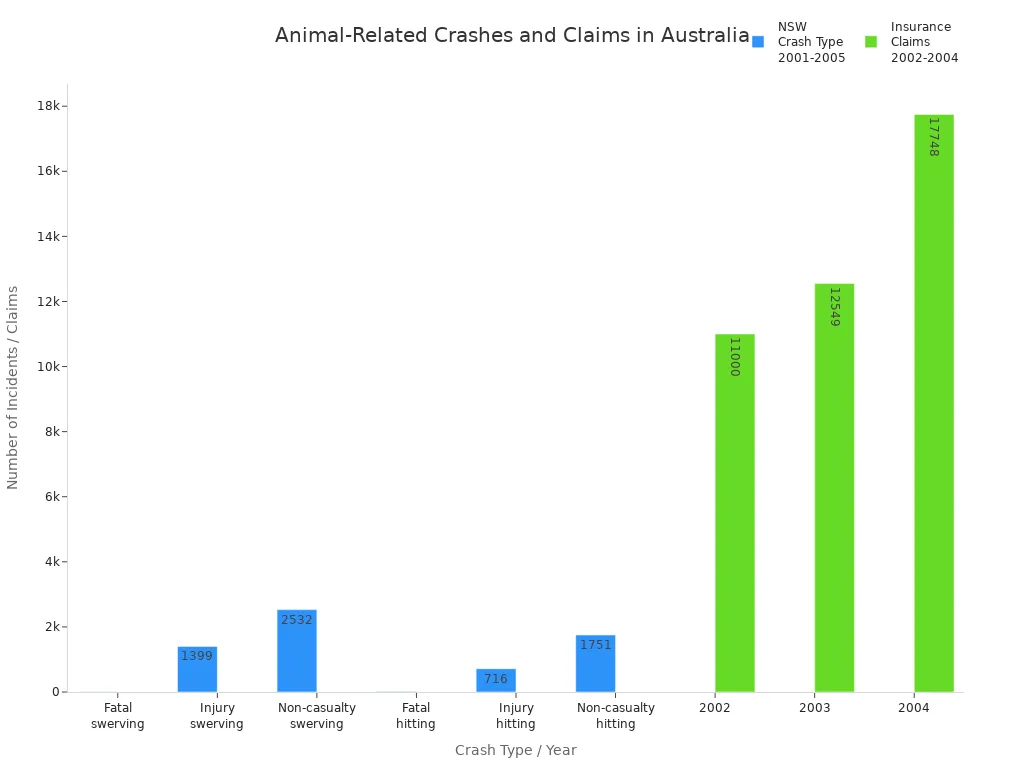
At OPTRAFFIC, we offer a variety of pedestrian and wildlife crossing signs, ensuring that your roadways are clearly marked and safe for everyone. Whether it’s for people or animals, our signage solutions are designed to improve visibility and reduce accidents. Explore our range of traffic signs today to ensure safety for both pedestrians and wildlife on your roads.
Key Takeaways
- Pedestrian crossings are flat and have zebra stripes. They are mostly in busy city places. These crossings help people cross the road safely.
- Wombat crossings are raised platforms that slow cars down. They also make it easier for drivers to see people. You often find them near schools, parks, and wildlife spots.
- Both types of crossings have clear signs. Wombat crossings often have speed limits and animal warning signs. These help protect people and animals.
- Drivers must stop for people already on any crossing. Pedestrians should always make eye contact before stepping out.
- Using marked crossings and staying alert keeps people and animals safe on Australian roads.
Pedestrian Crossings
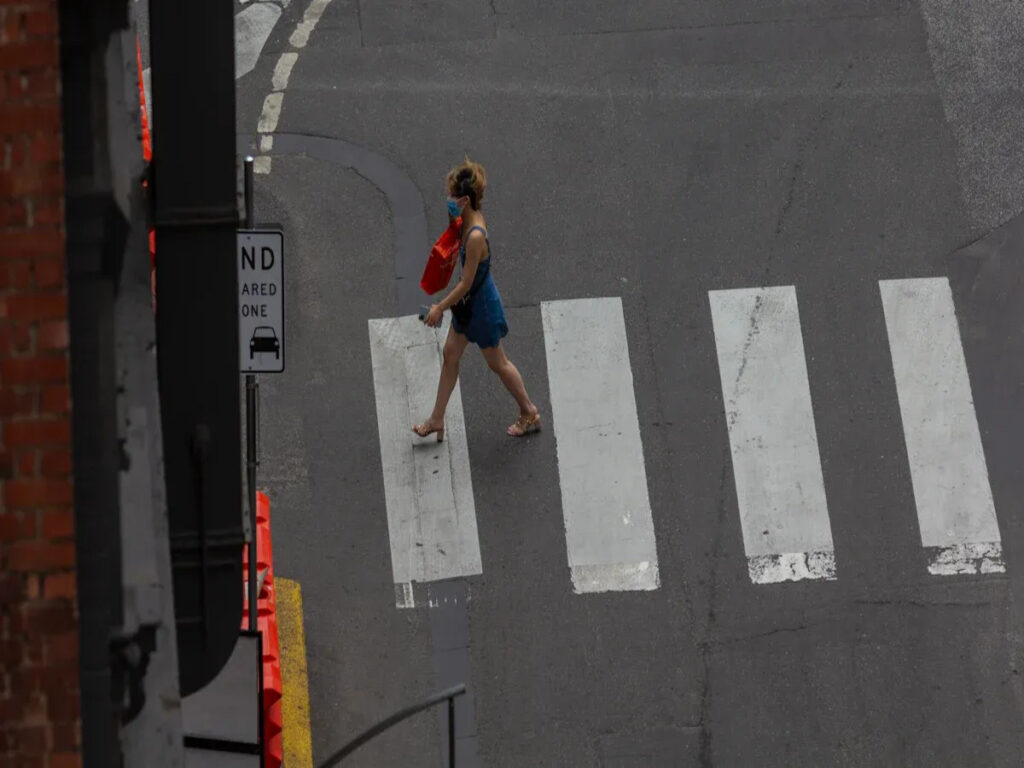
Pedestrian Crossing Sign (R3-1)
When you walk near busy roads in Australia, you often see the pedestrian crossing sign. This sign stands out with its black text on a bright lime background. It uses special reflective material, so you can spot it even at night or in bad weather. The traffic sign comes in different sizes, like 600mm, 750mm, or 900mm, and you’ll usually find it mounted on a post right next to the crossing. Its main job is to warn drivers that people might be crossing ahead, making the area safer for everyone.
Design and Features
You can recognise a pedestrian crossing by its bold zebra stripes painted across the road. These stripes help drivers see where to stop. Many crossings also have raised platforms, which slow down cars. Tactile ground surface indicators, like textured tiles, help people with vision problems know when they are near the road. These tiles have different patterns—domes for warnings and bars for direction. The colours of these tiles stand out from the pavement, making them easy to spot.
Tip: Tactile indicators are not just for looks—they help keep everyone safe, especially those who cannot see well.
Placement and Usage
You’ll find pedestrian crossings in busy places. Think about school zones, near train stations, or at busy street corners. In cities like Brisbane, crossings near train stations often have gates and lights to control when you can cross. School zones use raised zebra crossings and traffic lights to protect children. These crossings are placed where lots of people walk, so drivers know to slow down and watch out.
Safety and Rules
When you use a pedestrian crossing, you have the right to cross safely. Drivers must stop if you are already on the crossing. However, if you are waiting to cross, drivers do not always have to stop. This rule can confuse people, so always make eye contact with drivers before stepping out. Experts say that clearer rules would make things safer and encourage more people to walk. Remember, you should always cross at marked crossings and avoid running into the road.
| Safety Feature | How It Helps You Stay Safe |
|---|---|
| Zebra stripes | Show drivers where to stop |
| Raised platforms | Slow down cars |
| Tactile indicators | Guide people with vision problems |
| Traffic lights/gates | Control when you can cross |
Wombat Crossings
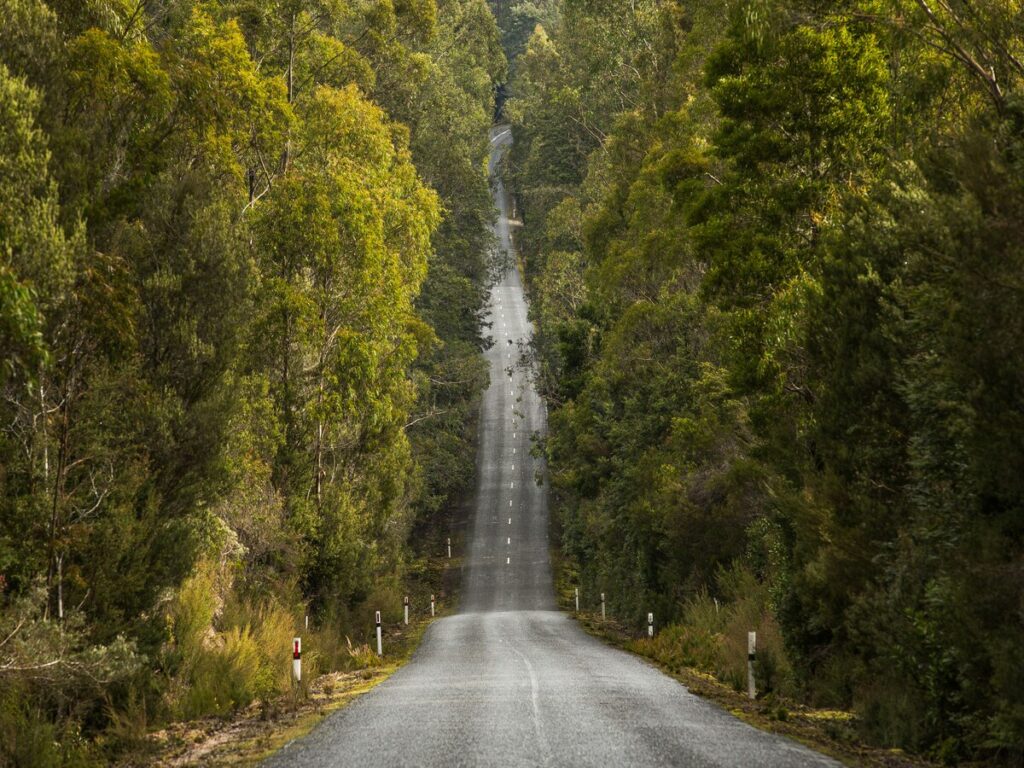
Definition and Purpose
You might hear the term wombat crossing and wonder what it means. In Australia, a wombat crossing is a raised pedestrian crossing. It helps you cross the road safely by making you more visible to drivers. The name can be confusing, but it does not mean the crossing is for wombats or other animals. Instead, the term refers to the special design of the crossing. The main goal of a wombat crossing is to protect people, but it also makes roads safer for wildlife in some areas.
- Wombat crossings lift you above the road, so drivers see you sooner.
- The raised platform slows down cars, which gives you more time to cross.
- The design changes how cars and people share the road, making it safer for everyone.
- Studies show that wombat crossings can cut pedestrian injuries by more than half.
- Drivers often slow down more at a wombat crossing because it stands out.
Physical Design
When you look at a wombat crossing, you will notice the raised platform. This is the key feature. The construction of wombat crossing includes a speed hump with zebra stripes painted on top. The surface is flat, so you can walk across easily. The edges are sloped, which helps cars move over the crossing smoothly but at a slower speed. The construction of wombat crossing uses materials that last in all weather. You might see a raised wombat crossing near schools or parks, where safety matters most.
Signage and Warnings
Wombat crossings use clear signs to warn drivers. You will see the standard pedestrian crossing sign (R3-1) next to the crossing. In rural areas, you might also spot signs with pictures of wombats, kangaroos, or even camels. These signs remind drivers to watch for wildlife as well as people. The signs are bright and easy to see, even from far away. Most wombat crossings rely on static signs, not flashing lights.
Tip: Always look for both the raised platform and the signs. They work together to keep you safe.
Placement and Wildlife Safety
You will find wombat crossings in many places. In cities, they appear near schools, shops, and busy paths. In the countryside, wombat crossings often sit close to wildlife corridors or national parks. This helps protect animals that cross the road, like wombats. The safety benefits of a wombat crossing go beyond people. When roads have a wombat crossing, animals can use underpasses or special paths to avoid cars. Studies show that these crossings, along with fences, help reduce crashes with wildlife. The design of wombat crossings makes roads safer for everyone—people and animals alike.
Key Differences
Road Design
When you walk up to a crossing, you might notice the road looks different. Pedestrian crossings usually sit flat on the road. You see black and white stripes painted across the surface. Sometimes, you spot zigzag lines leading up to the crossing. These help drivers see the crossing from far away.
A wombat crossing stands out because it sits higher than the road. The whole crossing is raised, almost like a wide speed hump. This design makes drivers slow down. You feel safer because cars move slower as they approach. Studies show that a wombat crossing can cut vehicle speeds by about 40%. That means you get more time to cross, and drivers have more time to stop.
| Crossing Type | Road Design Features | Impact on Safety and Speed |
|---|---|---|
| Pedestrian Crossing | Flat zebra stripes, sometimes zigzag lines | Standard speed, clear markings |
| Wombat Crossing | Raised platform with zebra stripes | Slows cars by up to 40%, boosts safety |
You can spot a wombat crossing by looking for the raised section. It feels different under your feet and makes drivers pay attention.
Signage Comparison
Signs help everyone know what to do at a crossing. At a regular pedestrian crossing, you see a yellow sign with a pair of legs. This sign tells drivers to watch for people crossing. Sometimes, you also see traffic lights or flashing signals.
A wombat crossing uses the same pedestrian crossing sign, but you often see extra signs nearby. Look for a 40 km/h speed limit sign next to the crossing. In country areas, you might spot signs with pictures of wombats or kangaroos. These remind drivers that animals might cross too.
Here’s a quick table to help you compare:
| Aspect | Pedestrian Crossing | Wombat Crossing |
|---|---|---|
| Main Sign | Yellow pedestrian sign (pair of legs) | Same pedestrian sign, plus 40 km/h speed limit |
| Extra Signs | Sometimes traffic lights | Wildlife warning signs (wombats, kangaroos) |
| Road Markings | Zebra stripes, zigzag lines | Raised zebra stripes |
Tip: If you see a raised crossing with a speed limit sign, you’re looking at a wombat crossing.
Placement Context
You find pedestrian crossings in busy city spots. Think about school zones, shopping streets, or near bus stops. These crossings help people get across roads where lots of foot traffic happens.
A wombat crossing pops up in places where safety needs a boost. You see them near schools, parks, and sometimes in the countryside. In rural areas, a wombat crossing helps protect both people and animals. Roads near wildlife corridors or national parks often use wombat crossings to slow down cars and keep animals safe.
- Pedestrian crossings: City centres, school zones, intersections, shopping areas.
- Wombat crossings: Near schools, parks, wildlife corridors, rural roads.
You might notice a wombat crossing where animals often cross the road. These crossings help stop accidents with wildlife.
Rules for Drivers and Pedestrians
You need to know the rules at each crossing. At a pedestrian crossing, drivers must stop if you are already on the crossing. If you wait at the edge, drivers do not always have to stop. You should make eye contact with drivers before stepping out.
At a wombat crossing, the rules work the same way, but the raised design makes drivers slow down more. The 40 km/h speed limit sign tells drivers to reduce speed. This gives you extra time to cross safely. If you see wildlife warning signs, stay alert for animals as well as people.
Here’s a quick list to remember:
- At both crossings, cross only when it’s safe.
- Drivers must stop for you if you are on the crossing.
- At a wombat crossing, drivers slow down more because of the raised road and speed limit.
- Watch for wildlife signs at a wombat crossing, especially in rural areas.
Remember: A wombat crossing gives you and local animals a safer way to cross the road.
Safety and Best Practices
For Road Authorities
You play a big part in keeping roads safe. When you install or maintain crossing signs, you need to think about where drivers will see them best. Here are some tips to help you:
- Place signs between 1.5 and 2.2 metres above the ground. This helps drivers see over parked cars and bushes.
- Use reflective materials that shine at night or in bad weather. This makes signs easy to spot any time.
- Put signs on the left side of the road. If the road is wide or has lots of trees, use signs on both sides.
- Check signs at least twice a year. Look for damage, fading, or anything blocking the view, like branches or rubbish.
- Replace old or damaged signs quickly. Most signs last about 7 to 10 years.
- Add extra warnings, like flashing lights or bright flags, near busy crossings or in places with lots of wildlife.
- Train your team to fix problems fast and keep everything up to standard.
Good signs and regular checks help everyone stay safe, including animals.
For Drivers
You need to stay alert when you approach any crossing. Slow down as you get close, especially if you see zebra stripes or a raised platform. Always look out for people waiting to cross. At a wombat crossing, the raised road and speed limit remind you to slow down even more. Watch for wildlife signs in rural areas. If you see animals near the road, be ready to stop.
For Pedestrians
You can help keep yourself safe by using marked crossings. Painted zebra crossings are common, but not all drivers stop every time. Always check for cars before you step out. Make eye contact with drivers so you know they see you. If you see a wombat crossing, use it. The safety benefits of a wombat crossing include slower cars and better visibility. Choose crossings in busy areas, as councils put them where lots of people walk.
Remember: Your choices matter for pedestrian safety. Take your time and stay alert.
Wildlife Protection
Australia’s roads cross many animal habitats. You help protect wildlife by slowing down near animal signs and using crossings safely. Road authorities use fences, underpasses, and special signs to guide animals and people. When you follow the rules, you help prevent crashes and keep native animals safe.
Recognising the Pedestrian Crossing Sign
Visual Cues
You can spot a pedestrian crossing sign by its bright yellow or lime background and the simple black figure walking. The sign stands out, even from a distance. Look for it near zebra stripes painted across the road. Sometimes, you see the sign on both sides of the street, especially at busy crossings. If you notice a raised platform under the stripes, you are likely at a wombat crossing. In rural areas, you might also see animal warning signs nearby. These extra signs remind you to watch for wildlife as well as people.
Tip: If you see a sign with a walking figure and bold stripes on the road, you have found a pedestrian crossing.
Responding as a Driver
When you approach a pedestrian crossing sign, slow down and get ready to stop. Always check both sides of the road for people waiting to cross. At a wombat crossing, the raised platform will make you reduce your speed even more. Watch for extra signs, like speed limits or animal warnings, especially outside cities. If someone steps onto the crossing, you must stop and let them pass. Stay alert for children, especially near schools or parks.
| What to Do as a Driver | Why It Matters |
|---|---|
| Slow down | Gives you time to react |
| Watch for people | Keeps pedestrians safe |
| Obey speed limits | Reduces risk of accidents |
Responding as a Pedestrian
You play a big part in your own safety. Always use marked crossings when you can. Before you step onto the zebra stripes, look both ways and try to make eye contact with drivers. Wait until cars stop before you cross. At a wombat crossing, you stand higher, so drivers see you better. Still, never assume every car will stop. Stay alert, especially if you see animal signs nearby. These signs mean drivers might be watching for wildlife and not just people.
Remember: Using a pedestrian crossing gives you the safest place to cross, but you should always stay aware of your surroundings.
You now understand the main ways pedestrian and wombat crossings are different. Pedestrian crossings are flat, but wombat crossings are raised. You often see pedestrian crossings in cities. Wombat crossings are more common in the countryside. The signs at each crossing help you know what to do. Knowing these crossings helps you keep people and animals safe. Good signs and being aware can really help save lives. Here are some examples of how signs and rules help:
| Location | Signage & Measures | Safety Impact |
|---|---|---|
| Tasmania, Australia | Reflective signs + speed limits | Fewer wildlife collisions |
| British Columbia | Large signs + awareness campaign | 41% drop in moose collisions |
| Australia | Raised crossings | Up to 63% fewer pedestrian injuries |
Always pay attention, share your ideas, and help make roads safer for everyone, including animals.
FAQ
What is the main difference between a pedestrian crossing and a wombat crossing?
You see a pedestrian crossing as flat zebra stripes on the road. A wombat crossing stands out because it is raised like a speed hump. The raised design slows cars and makes you more visible.
Do drivers always have to stop at both types of crossings?
Drivers must stop if you are already on the crossing. If you wait at the edge, drivers do not always have to stop. Always make eye contact before stepping out.
Why do some crossings have animal signs nearby?
You spot animal signs near crossings in rural areas. These signs warn you and drivers that wildlife, like wombats or kangaroos, may cross the road. They help prevent accidents with animals.
Can you find wombat crossings in cities?
Yes, you can. Councils often place wombat crossings near schools, parks, or busy paths in cities. The raised design helps slow down cars and keeps you safer.
How do tactile indicators help at crossings?
Tactile indicators use bumps or bars on the ground. They guide people with vision problems. You feel the texture under your feet, so you know when you reach the edge of the road.

